E. coli triggers viral grenades inside nearby bacteria
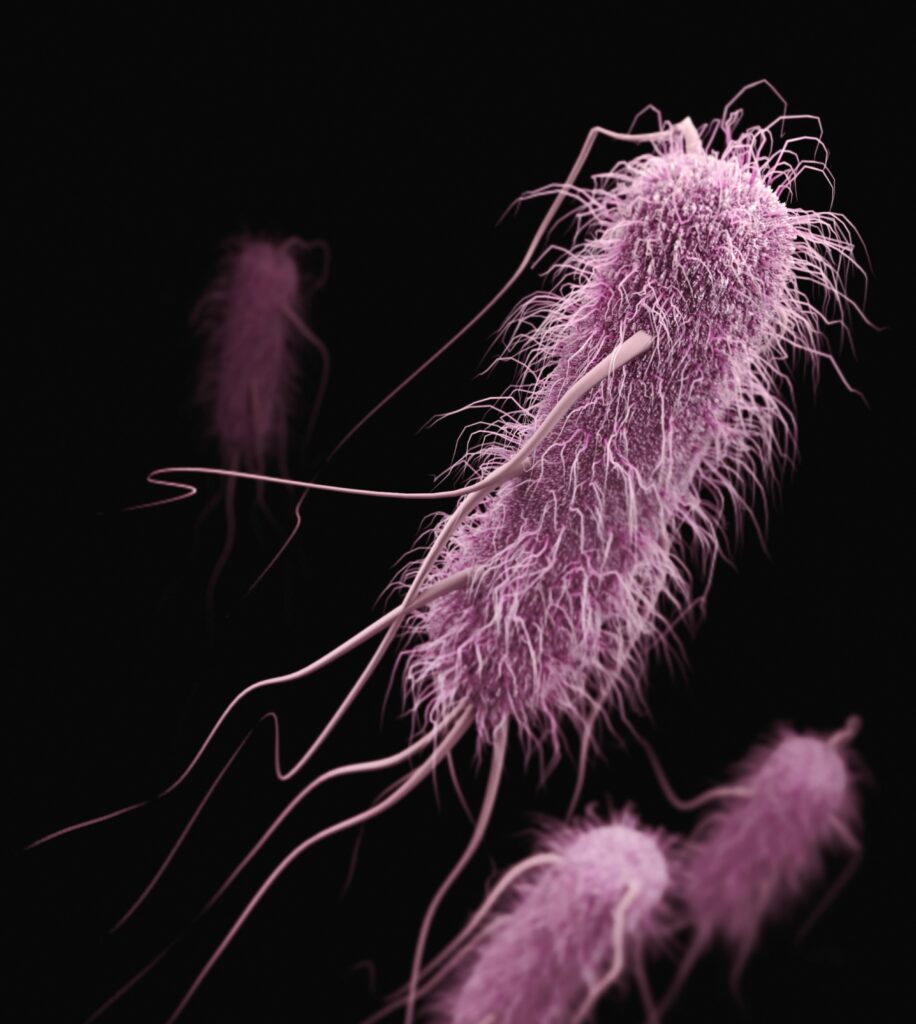
Certain Escherichia coli bacteria, including some that live in the human intestines, produce a chemical called colibactin. This chemical awakens dormant viruses within nearby bacteria, sometimes leading to their destruction. Colibactin producers must sneak up on their bacterial enemies and activate unexploded ordnance hidden in the enemies’ DNA. Those grenades are prophages: virus-infecting bacteria that have inserted themselves into the DNA of their hosts, where they hide harmlessly and dormant until something triggers their awakening. That something, in this case, is DNA damage caused by colibactin.
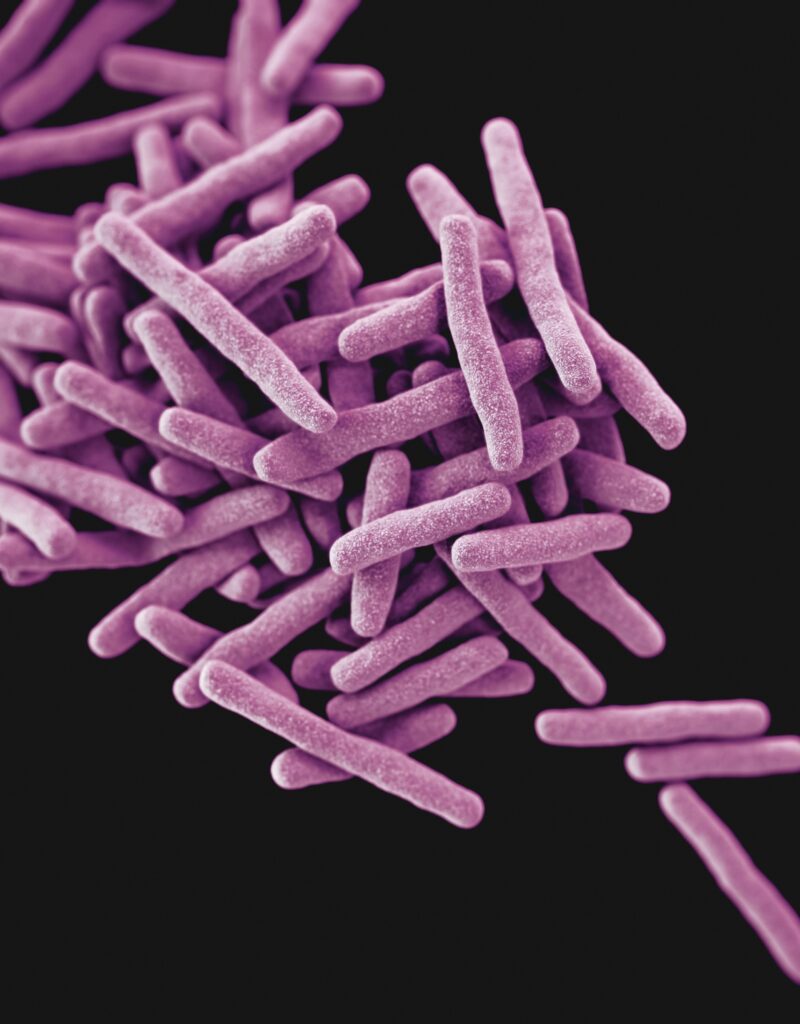
When colibactin damages DNA, a bacterial repair system called the SOS response is activated. It is a signal for them to come out of this dormant lifestyle and wake up to kill their host and move on to find a new host. Once the phages (viruses that exclusively infect bacteria) wake up, replicate, and leave the host cell, they are destroyed; But once these viral grenades go off, they can infect other bacteria, potentially exposing the attacking bacteria and other nearby microbes to biological shrapnel.
The new research suggests that E. coli may not be producing colibactin to attack its human hosts, but rather as a countermeasure against other microbes. Among bacteria, colibactin is not usually a lethal weapon—it can cause DNA damage—but bacteria can repair wounds. That may be because colibactin is an unstable chemical that breaks down quickly before it can break enough DNA to cause irreparable damage. Some bacteria also produce other chemicals that disable colibactin before it can damage DNA.
Perhaps colibactin did not really evolve to kill. Perhaps its main ecological function involves doing something else, but this remains a mystery until more conclusive studies can be obtained.
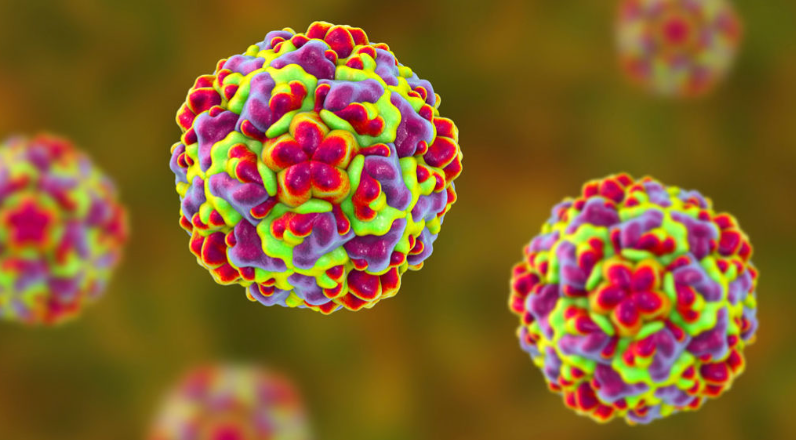

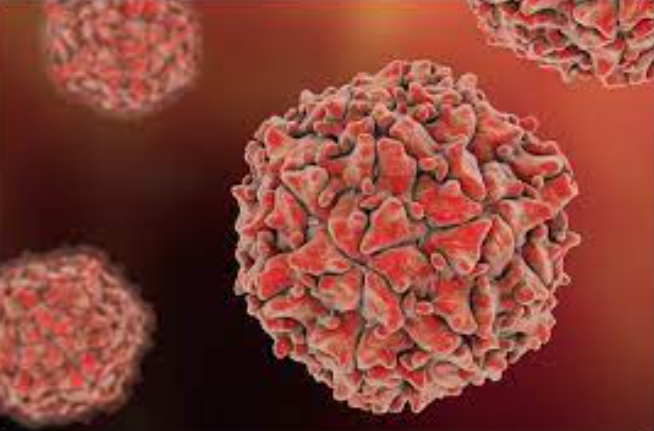
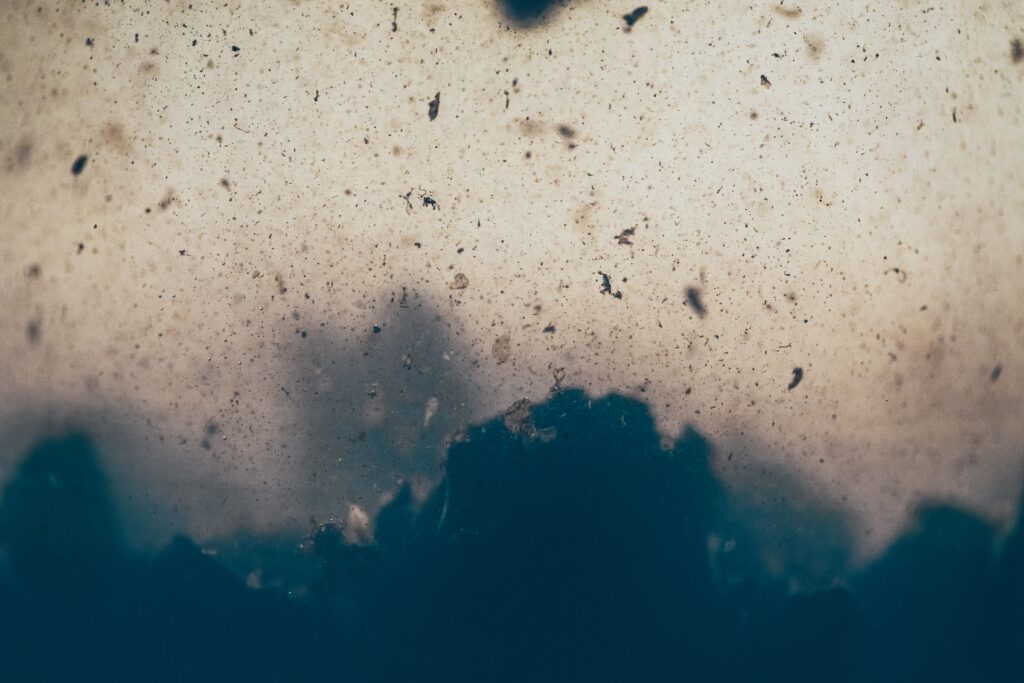
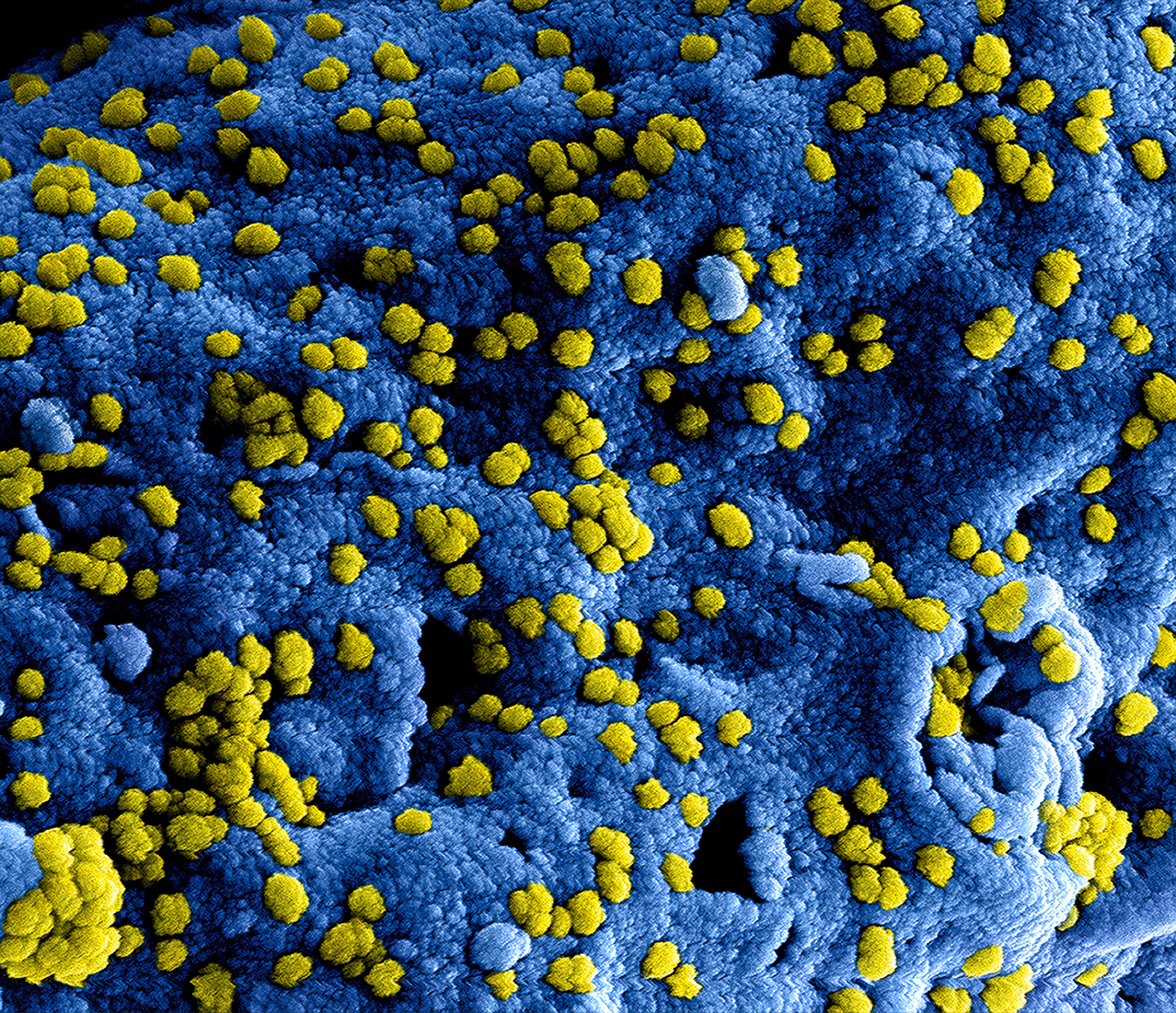
Responses